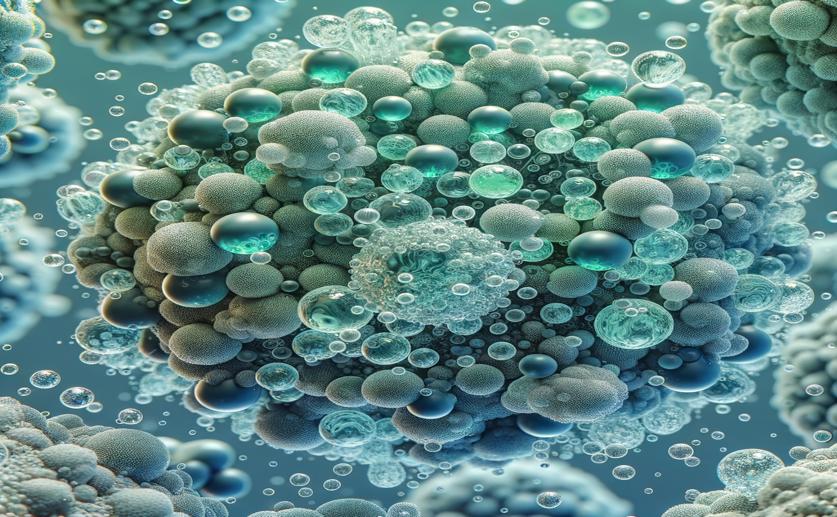
Exploring Spearmint Oil Nanoemulsions for Cancer Treatment and Stability
Jim Crocker
29th May, 2024

Image Source: Natural Science News, 2024
Key Findings
- Researchers from Burapha University developed nanoemulsions of spearmint oil (SMO) to improve its bioavailability and stability for cancer treatment
- The nanoemulsions, made with different ratios of SMO to triglycerides and a surfactant, retained strong anticancer effects regardless of the carrier oil used
- A ratio of 80SMO:20triglycerides produced the smallest, most stable droplets, crucial for practical applications and long-term effectiveness
References
Main Study
1) Unveiling the Molecular Dynamics, Anticancer Activity, and Stability of Spearmint Oil Nanoemulsions with Triglycerides.
Published 28th May, 2024
https://doi.org/10.1021/acs.molpharmaceut.3c01060
Related Studies
2) Anti-proliferative activity of essential oil extracted from Thai medicinal plants on KB and P388 cell lines.
Journal: Cancer letters, Issue: Vol 235, Issue 1, Apr 2006
3) Strategies for reducing Ostwald ripening phenomenon in nanoemulsions based on thyme essential oil.
4) Emulsion-based delivery systems for tributyrin, a potential colon cancer preventative agent.
5) Inhibition of Ostwald ripening in model beverage emulsions by addition of poorly water soluble triglyceride oils.



 28th April, 2024 | Jim Crocker
28th April, 2024 | Jim Crocker